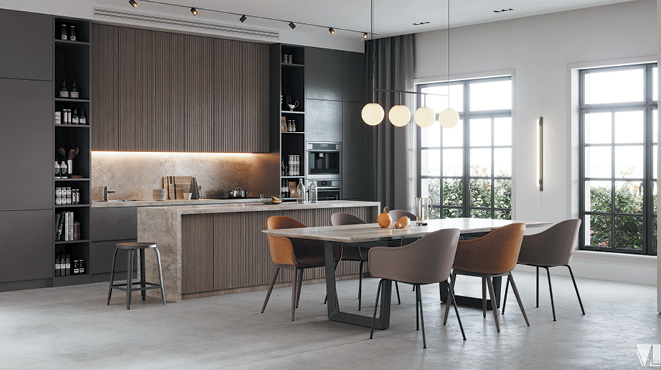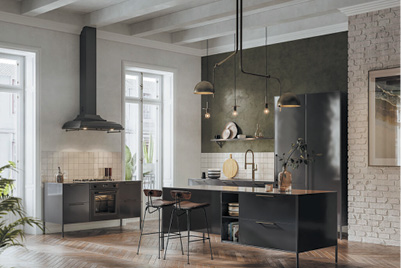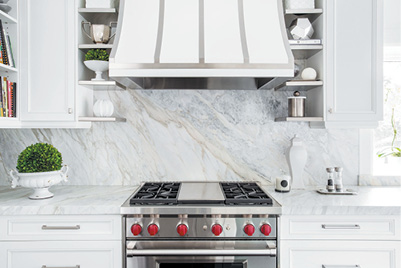By Amelia Skin, Interior Designer, Semper Interiors
One of my favourite parts of the home to design is the kitchen – I believe it is the centre of most homes and needs special consideration. At Semper Interiors my ethos is also to ensure all of my projects are as environmentally friendly as possible. Below are a few key considerations to ensuring your kitchen is free from nasty toxins and kind to the planet.
What is best to use for joinery?
Most cupboards, drawers and cabinet faces are made from a product called MDF. There are concerns about using standard MDF as it contains formaldehyde adhesives, however, there are better quality MDF products which contain low formaldehyde alternatives. E0 is an accreditation that signifies the lowest level of formaldehyde emissions, making the product safer in your space and for the trades working with it.
Let’s now get further into the sustainability aspect of MDF. MDF is made from recycled wood shavings and fibres which otherwise might be discarded, and doing this creates a less wasteful approach to construction.
Use good quality, energy efficient appliances
Using energy efficient appliances in your kitchen is one of the easiest ways to make your kitchen greener. For instance, an energy efficient dishwasher uses less water than hand washing. When replacing old appliances, I suggest looking for products that are in the Water Efficiency Labelling and Standards (WELS) and Energy Rating schemes.
Specify low VOC
Volatile Organic Compounds (VOCs) are chemical compounds that are in building products, paints, and furnishings, they evaporate into the air and surrounding environment. VOCs are unfortunately found all around us in our homes and businesses. Breathing in low levels of VOCs can increase some people’s risk of health problems, however, studies have advised that it can make symptoms worse for people with asthma and those who have chemical sensitives. VOCs have also been linked the greenhouse gases that cause climate change, the Department of Environment, Climate Change and Water NSW has stated that ‘paint accounts for 16% of all VOC emissions’.





